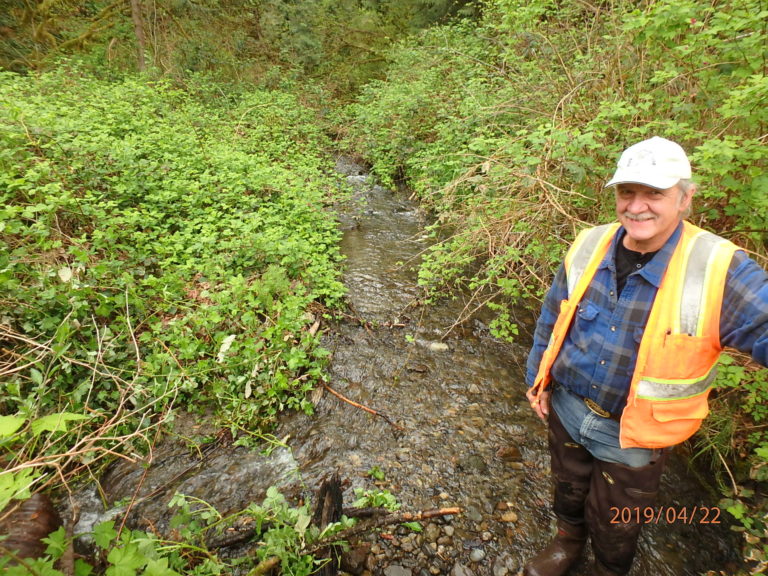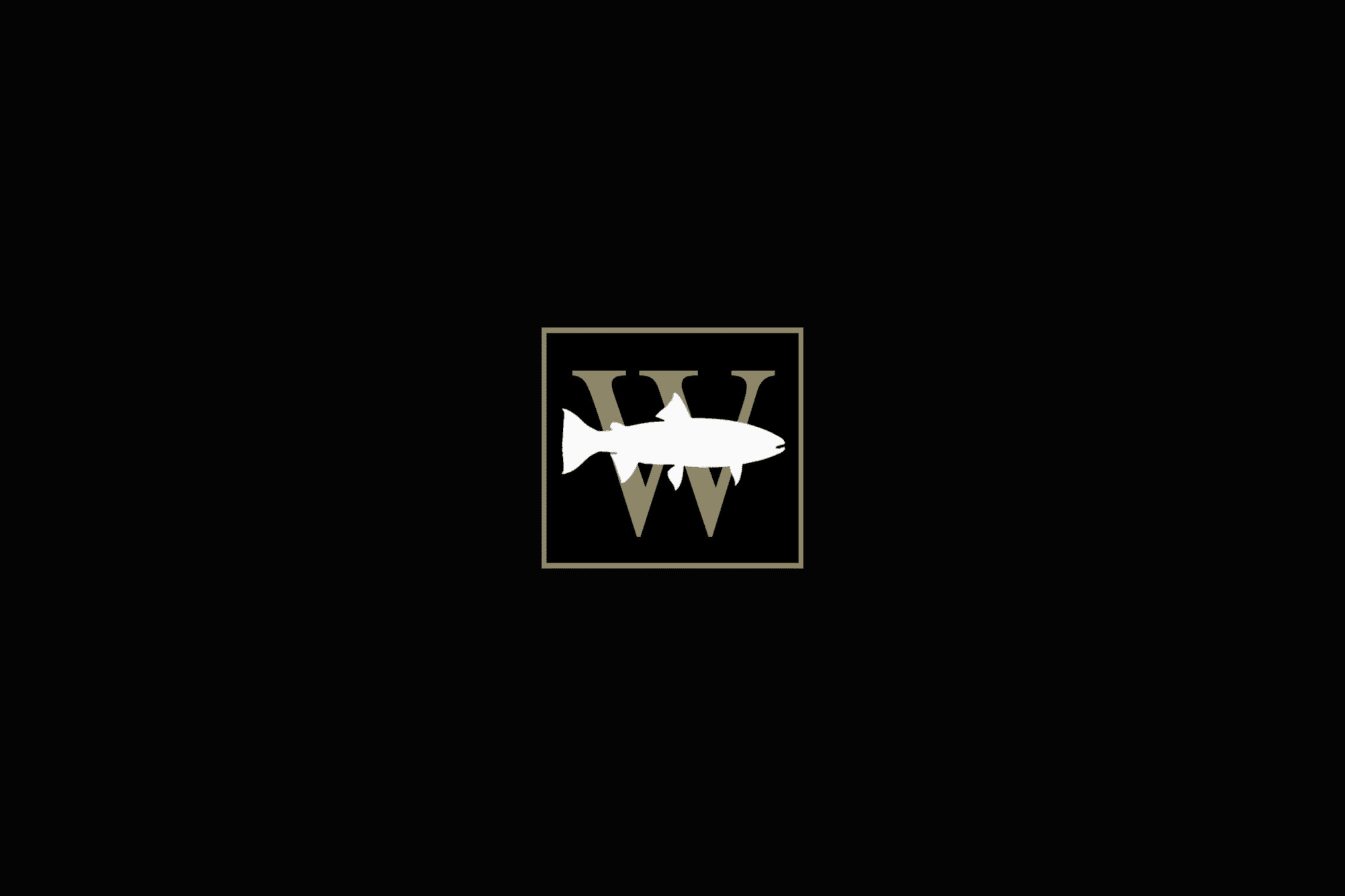

Garrison Creek, which historically supported a complex configuration of beaver ponds, was simplified to a single drainage ditch to create pasturelands and crop fields in western Washington State. The riparian area in the ditched segments of the channel is dominated by reed canary grass which choked the channel. Changes in hydrology and development of the valley into pasture land has resulted in drainage problems, intermittent summer flows, decreased land and water quality, compacted soils, increased soil erosion and run-off, high summer water temperatures, lack of large woody debris (LWD), and diminished in-stream habitat complexity, shade and cover.
Wild Fish Conservancy (WFC) completed a review of the historic floodplain conditions via aerial photographs, traditional and GIS map resources, landowner interviews, historical records, and ground-truthing. A hydrologic assessment of basins contributing flow to Garrison Creek was conducted by Ed McCarthy, PE, PS to characterize flow regimes in the creek. Associated Earth Sciences, Inc. (AESI) conducted a geologic/hydrogeologic study of the Garrison Creek area, focused specifically on ground water conditions and potential impacts to nearby water supply wells and wetlands. AESI also assisted with collecting data from landowners on their recollections of the recent history of Garrison Creek. Kwiaht: Center for the Historical Ecology of the Salish Sea conducted water quality assessments and presented information about existing and proposed riparian conditions. Washington Water Trust spoke with landowners about water right opportunities. All this biological, physical, spatial, and temporal data was used to inform three different conceptual designs.
The goal of these conceptual designs is to create direct spawning and rearing benefits for all life stages of cutthroat trout and potentially coho, chum, and sea-run cutthroat as well by improving habitat conditions and restoring watershed processes along approximately 5000 ft of stream channel. Improved water quality will benefit the Garrison Creek bay and chinook juveniles in the Puget Sound nearshore area.
Location | Start Date |
|---|---|
Garrison Creek, Friday Harbor, San Juan Islands Watershed, western Washington State | 12/12/2008 |
Project Type | Completion Date |
|---|---|
Water Typing and Habitat Restoration | 11/29/2010 |
The goal of this project is to increase adequate flow (to the extent possible) and improve water quality and habitat for all salmonid and native fish species in the Garrison Creek watershed.
Project objectives:
1. Assess current hydrologic conditions and develop a comprehensive plan with ecologically sound solutions for restoring the lower Garrison Creek floodplain processes which will improve habitat conditions for native fish populations in the Garrison Creek and which will also address individual landowner and parcel needs.
2. Assess whether reconstructing the channel in its original location will result in higher summer base flow.
3. Through extensive outreach encourage farm managers to voluntarily make ecologically sound solutions which will improve salmonid habitat and restore watershed processes (to the extent possible while maintaining agricultural land use).
4. Provide landowners with a technical and labor team (fisheries biologist, wetland biologist, hydrologist, and geoengineer) who will collaborate with the land owners to further develop good land stewardship actions, refine salmonid restoration plans unique to their farms, and who will also assist in securing implementation funding.
Primary Habitats Impacted By Project: | Managing Agency/ Organization: |
|---|---|
Pastureland Stream Channels | Wild Fish Conservancy |
Project Contact: | Budget or Project Cost: |
|---|---|
Mary Lou White | $137,009.75 |
Funding Sources: | Partners: |
|---|---|
Salmon Federal Projects Washington State Grants | Ed McCarthy, PE, PS, Associated Earth Sciences, Inc., Kwiaht: Center for the Historical Ecology of the Salish Sea, Washington Water Trust, and Landowners Jane Sawyer, Stephen Belluomini, Albert Olson, Jim Wilson, Mark and Elizabeth Hetric, and Tiffany Grace |